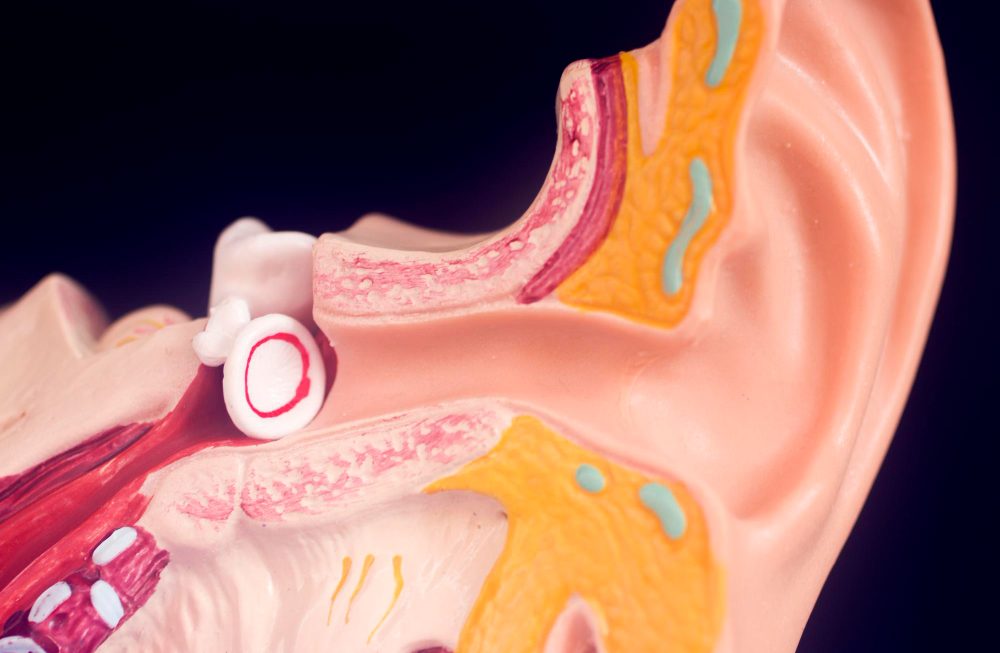Fluid buildup in the middle ear, often caused by conditions such as ear infections, allergies, or sinusitis, can be uncomfortable and disruptive, affecting hearing and balance. While seeking medical attention is crucial for proper diagnosis and treatment, there are several home remedies and self-care techniques that may help alleviate symptoms and promote drainage of fluid from the middle ear. In this guide, we’ll explore practical tips and techniques for managing fluid buildup in the middle ear from the comfort of your home, offering relief and support until you can see a healthcare professional.
Clearing the Pathways
One effective way to promote drainage of fluid from the middle ear is to use nasal decongestants to relieve congestion and open up the nasal passages. Over-the-counter nasal sprays or drops containing decongestant medications such as oxymetazoline or pseudoephedrine can help reduce nasal congestion and facilitate drainage of fluid from the middle ear. Be sure to follow the manufacturer’s instructions and use nasal decongestants as directed to avoid overuse and potential rebound congestion.
Opening Up Eustachian Tubes
Steam inhalation is another simple and effective home remedy for promoting drainage of fluid from the middle ear. Inhaling steam helps moisten and clear the nasal passages, as well as open up the Eustachian tubes, which connect the middle ear to the back of the throat. To perform steam inhalation, fill a bowl with hot water, place a towel over your head to create a tent, and inhale the steam for 5-10 minutes. You can also add a few drops of essential oils such as eucalyptus or peppermint for added relief.
Soothing Discomfort
Applying a warm compress to the affected ear can help soothe discomfort and promote drainage of fluid from the middle ear. Simply soak a clean washcloth in warm water, wring out the excess moisture, and place it over the affected ear for 10-15 minutes. The warmth helps increase blood flow to the area, reduce inflammation, and relieve pressure, allowing fluid to drain more easily. Repeat this process several times a day as needed to alleviate symptoms and promote comfort.
Using Gravity to Your Advantage
Positioning your body in a way that encourages gravity-assisted drainage of fluid from the middle ear can be beneficial in relieving pressure and discomfort. Lie down on your side with the affected ear facing downward, or tilt your head to the side to allow gravity to pull fluid out of the ear canal. Stay in this position for a few minutes to allow fluid to drain naturally. You can also try gently massaging the area around the ear to help facilitate drainage.
Supporting Natural Drainage
Staying hydrated is important for supporting the body’s natural processes of fluid regulation and drainage. Drinking plenty of water helps thin mucus secretions, making them easier to drain from the middle ear. Aim to drink at least 8-10 glasses of water per day, and avoid excessive consumption of caffeine and alcohol, which can contribute to dehydration and exacerbate symptoms. Herbal teas, warm broths, and clear soups can also help keep you hydrated while providing soothing relief.
Opening the Eustachian Tubes
Certain jaw exercises can help open up the Eustachian tubes and promote drainage of fluid from the middle ear. Try gently chewing gum, yawning, or performing swallowing movements to activate the muscles around the ears and encourage the tubes to open. These exercises can help equalize pressure in the middle ear and alleviate discomfort caused by fluid buildup. However, avoid excessive jaw movement or forceful actions that may exacerbate pain or discomfort.
Knowing When to Get Help
While home remedies can provide temporary relief from symptoms of fluid buildup in the middle ear, it’s essential to monitor your condition closely and seek medical attention if symptoms persist or worsen. If you experience severe pain, hearing loss, fever, or drainage of pus from the ear, it may indicate a more serious underlying condition such as an ear infection or ruptured eardrum that requires prompt medical evaluation and treatment. Always consult a healthcare professional for proper diagnosis and personalized recommendations for managing fluid buildup in the middle ear.



